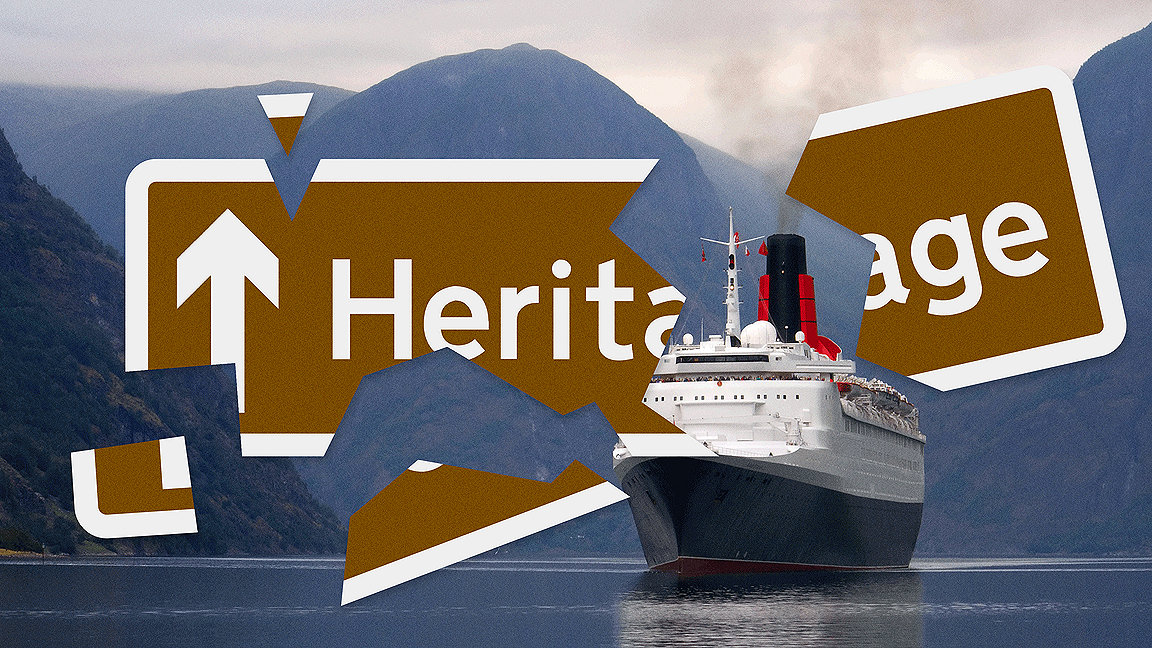
A cruise ship in Norway
In November, UNESCO’s World Heritage Programme celebrated its 50th anniversary. The initiative aims to identify cultural and natural sites of “outstanding universal value” and since 1972, this list has swelled to 1,157 locations.
It is not just a badge of honour, however. It is also intended to enhance public awareness and tourist income, and crucially commits states to protect the most treasured assets within their borders.
Despite its lofty aspirations, the impact of the programme is increasingly subject to questioning. Some accuse it of encouraging excessive tourism, hampering economic development, and even causing damage to the very heritage that it aims to protect.
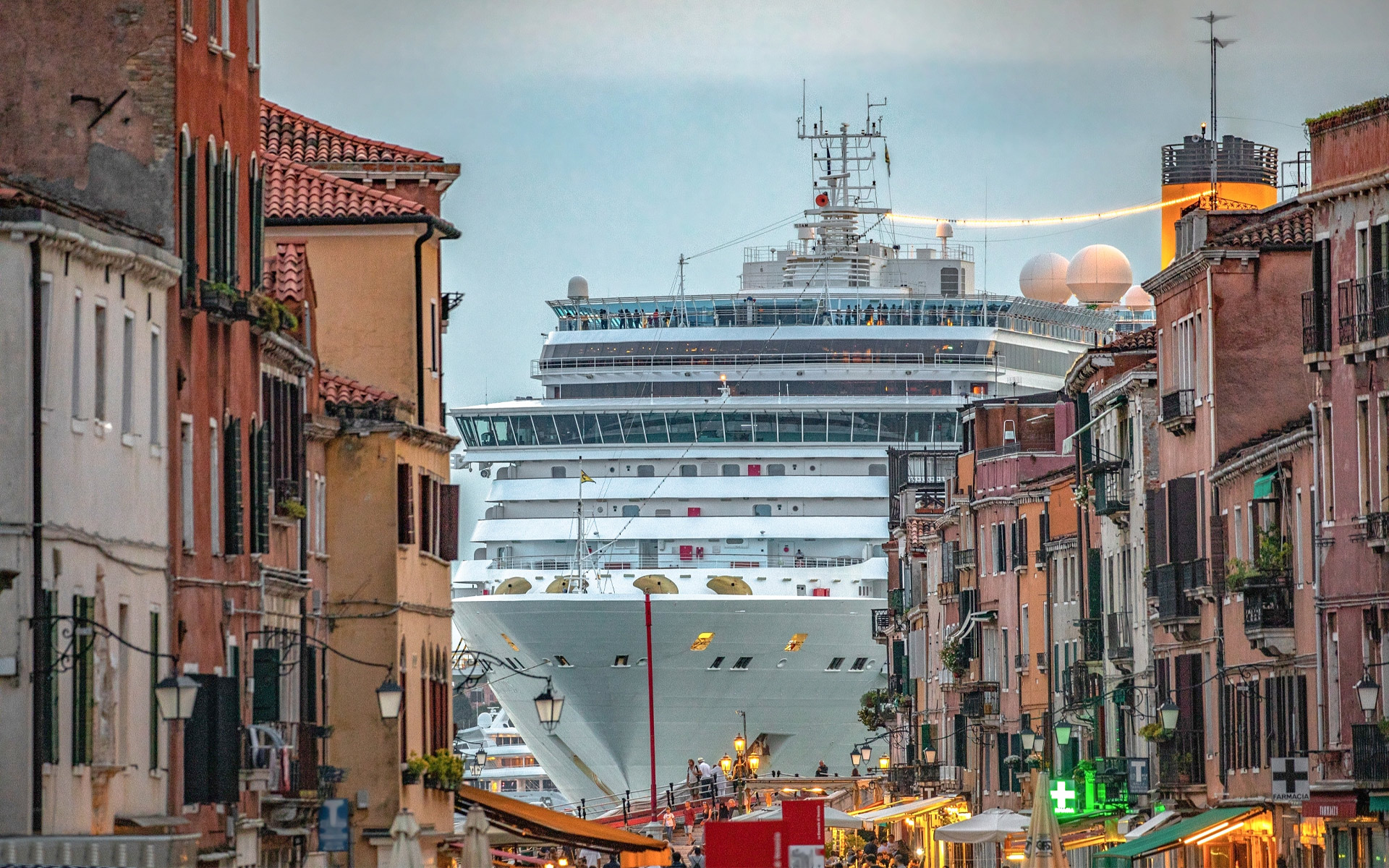
A cruise ship looming over Venice
Too much tourism
High-profile controversies have surrounded several World Heritage sites in recent years. Venice’s problems with over-tourism have become notorious. Visitor numbers reached around 20m a year at their pre-pandemic peak, prompting a local ‘No Grand Navi’ (No Big Ships) campaign. Cruise ships have since been banned, and earlier this year turnstiles and QR codes were introduced to busy locations to charge and manage the volume of day trippers.
Whether World Heritage listing is partially responsible for over-tourism in Venice is questionable – it was already a popular destination before listing and the age of mass tourism. But the effects of the visitor influx prompted UNESCO to consider adding the city to its list of 55 World Heritage sites in danger.
Venice has so far escaped that designation, but another historic European city, Vienna, has not. The Austrian capital was put on the “in danger” list by the World Heritage committee in 2017 because of fears that proposed high-rise development, and in particular plans for a hotel and skating rink, would damage the integrity of the city centre’s historic landscape.
Failing to address the committee’s concerns could lead to a site being de-listed, a fate that befell Liverpool in 2021 after UNESCO concluded that years of new development had led to an “irreversible loss” to the historic value of its waterfront. It was only the third World Heritage site to suffer such a loss of status, but the reaction of the city’s head of heritage preservation and development, Alan Smith, was to say that Liverpool “didn’t need it,” and argue that there was no evidence that the de-listing would negatively impact tourism.
UNESCO’s decision met with a mixed reaction in the city, says Joshua Weston MRICS, lead director at Manchester-based building surveying practice Fourth Wall. His company has has worked on several heritage-related projects in the north of England, including Liverpool’s Grade I listed Royal Albert Dock. “It was obviously a loss of recognition from a heritage perspective. But if you speak to the average Liverpool resident, they may not have been aware of that status, or really appreciated the value that that it could bring.”
How much the downgrade of status will be felt is also debatable, he says: “For lesser-known or obscure sites, the benefits in terms of increased attention will be significant. But a city like Liverpool has many other pulls – football, music, and the general awareness of it as one of the major UK cities.”
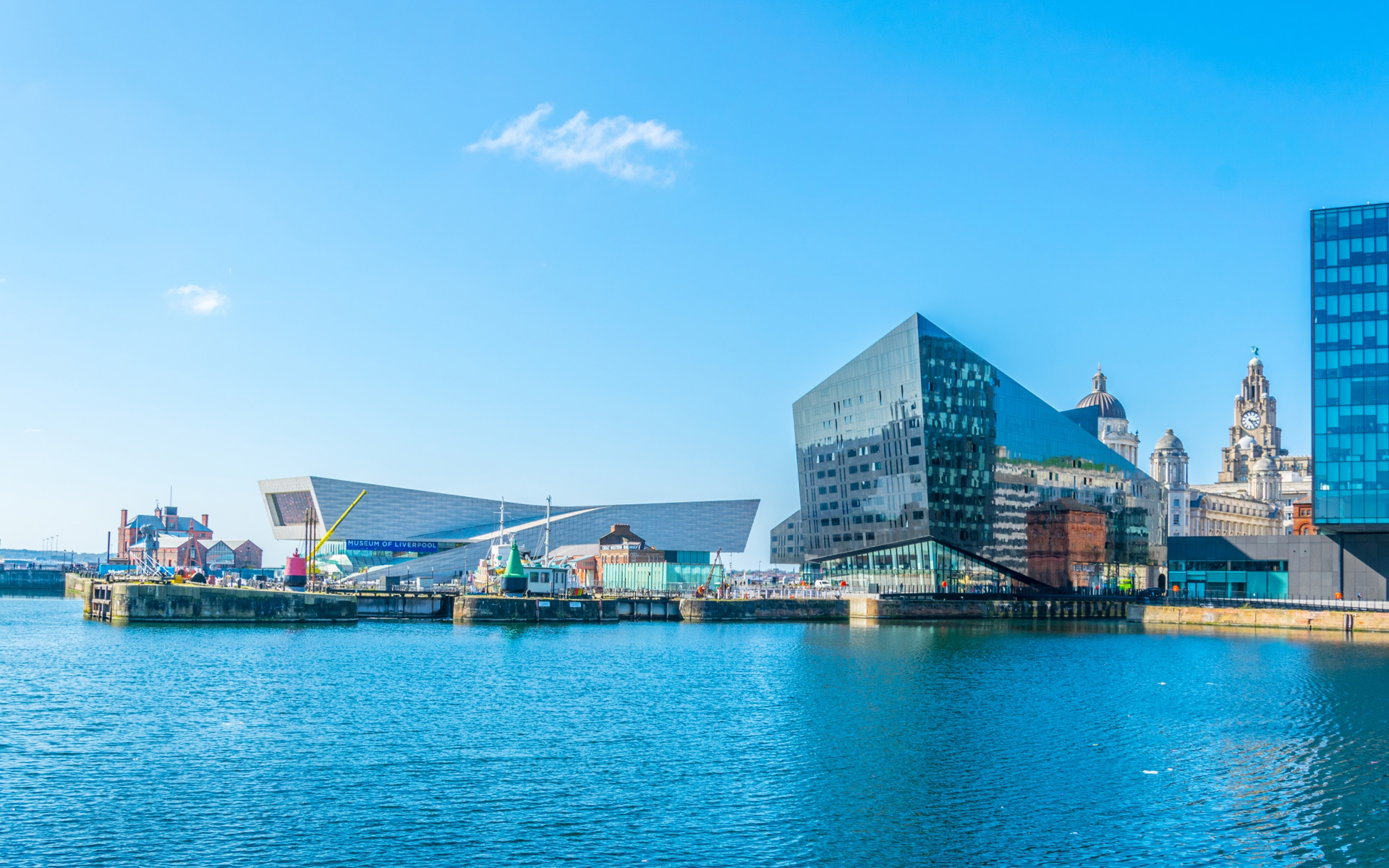
The regenerated Liverpool waterfront
Old versus new
Tension between the competing priorities of heritage conservation and economic development is commonplace in historic cities. In Liverpool and Vienna, World Heritage status and the threat of its removal has thrust that conflict to the forefront of public debate.
Paul Drury, a built heritage consultant, has worked with ICOMOS (the International Council on Monuments and Sites) as an expert advisor on World Heritage sites. He says: “State parties don't always realise that designation as a World Heritage site should be a strategic spatial and economic planning decision. If it is simply put forward as a badge of honour, or by the culture ministry, without the full backing and cooperation of the treasury and the environment ministry, then managing the site, with a priority of sustaining its outstanding universal value, is extremely difficult.”
Sadly, the realisation of the implications of “inscription” on the list come later, he adds. “It surfaces through conflicts between spatial planning aspirations and conservation aspirations. Liverpool is a classic example of this problem, which lies in places being inscribed where probably the balance of public benefits may not lie in a conservation-led approach to the future of the place, or it may not be practicable.”
Moreover, he argues, the funds and the organisational capacity needed to deliver regeneration do not materialise of their own accord. They need to be actively planned-for by local and regional authorities.
The consequences of failing to do so are illustrated by the case of the historic port city of Valparaiso, Chile. It was listed in 2003, but many of the colourful buildings for which it is renowned have fallen into disrepair over the past two decades as crime and economic decline have taken their toll. The city’s mayor has complained that without permanent central government financing for heritage, it is impossible for the municipal authorities to develop and execute a regeneration strategy.
“For lesser-known sites, the benefits in terms of increased attention will be significant” Joshua Weston MRICS, Fourth Wall
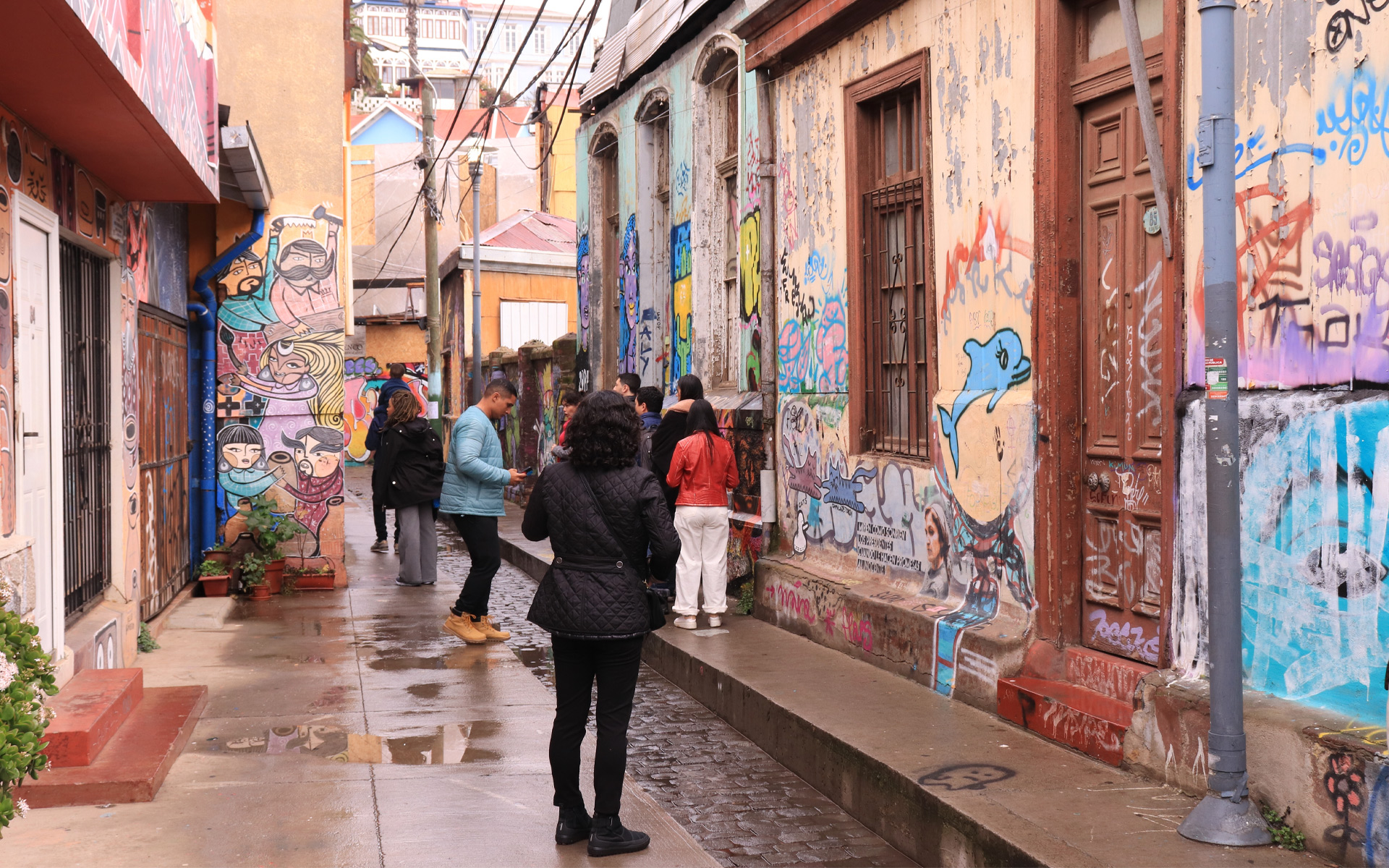
Graffiti covering a wall in Valparaiso, Chile
Conflicting objectives
When World Heritage sites encompass whole areas of cities, listing is more likely to be problematic, observes Drury. “It is much easier with a single site in a relatively isolated location and single ownership to ensure a conservation-led future, than it is for a major city, especially a capital city, where many potentially conflicting objectives have to be resolved through the planning system.”
Under the inscription process, the various national and state parties are encouraged to submit tentative lists of properties at least every 10 years, which they consider to be cultural and/or natural heritage of outstanding universal value, to be considered for inclusion on the World Heritage list.
Despite recent controversies, inscription is still a “great honour” and one with potentially significant benefits for conservation and economic activity, says Warren Adams MRICS, land use control administrator for the City of Montgomery, Alabama. The Georgia State University Heritage Initiative is bidding to achieve World Heritage status for a group of sites significant to the US civil rights movement. As the person responsible for of historic preservation and zoning, Adams is supporting the inscription of the Dexter Avenue King Memorial Baptist Church in Montgomery – where Martin Luther King Jr was a preacher.
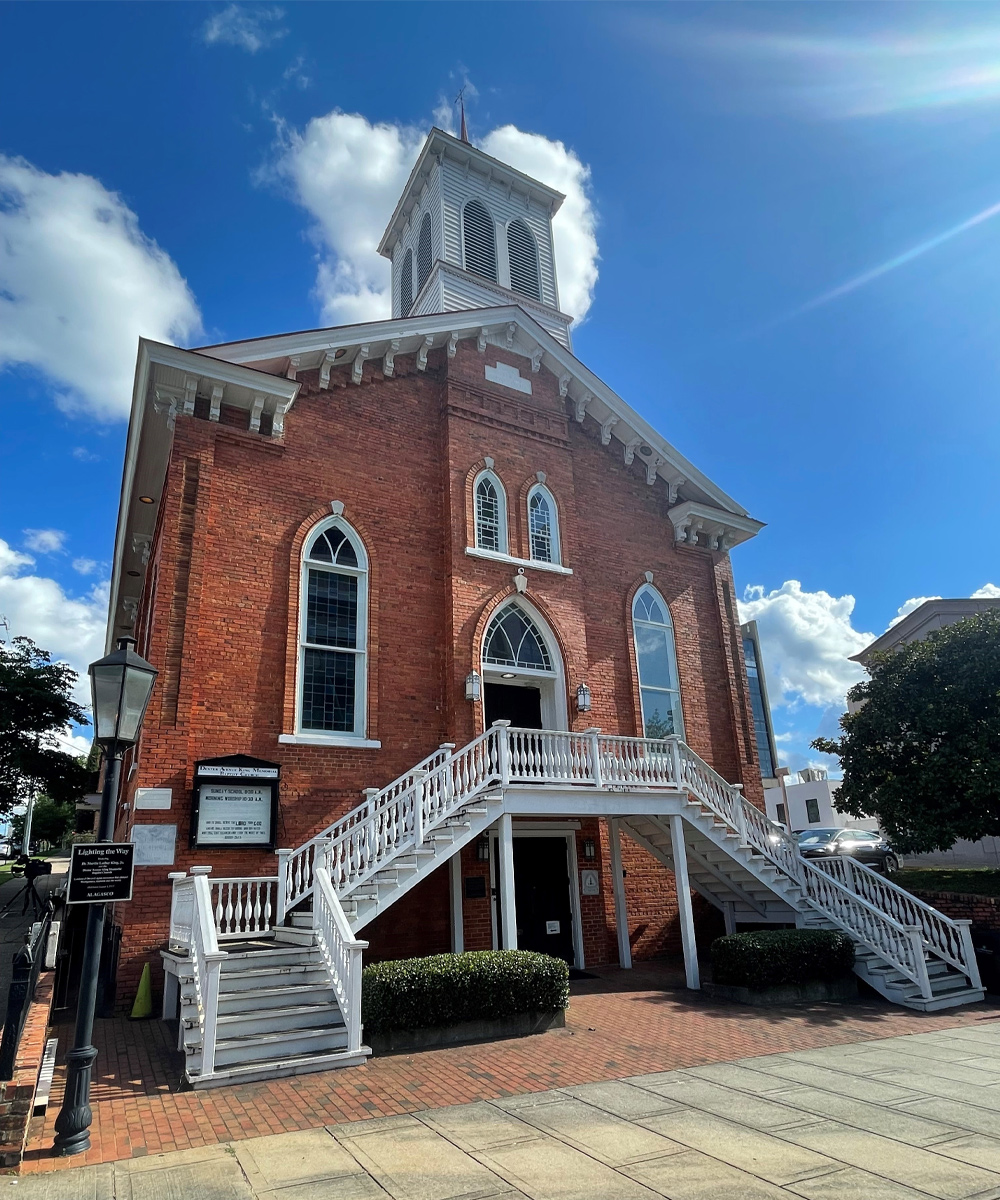
Dexter Avenue King Memorial Baptist Church
“When you have a World Heritage site, it promotes the city and encourages people to visit, which has an economic impact” Warren Adams MRICS, City of Montgomery
“Listing would bring attention to the civil rights movement and to Montgomery, a city which is steeped in history, from slavery through the Confederacy and to its status as the birthplace of the civil rights movement,” he says. “It also has benefits in terms of heritage tourism. When you have a World Heritage site, it promotes the city and encourages people to visit, which has an economic impact. It will also draw people to visit other civil rights sites in the city and beyond.”
He acknowledges that as a site becomes more popular, that will create issues that need to be addressed: “There will be wear and tear to the building that needs to be repaired and paid for, as well as things that you need to do to accommodate increased tourism through accessibility, improved safety, or measures to manage the numbers.”
He is developing a plan to create a “buffer zone” to protect views of the church and its setting. Adams aims to make this sufficiently flexible to strike a balance between preservation and development activity that local people can live with. He believes that bringing the community on board depends on educating people about why the site is significant and the benefits that they will derive from it.
“If World Heritage listing is imposed on local communities, and the local democratic process is pushed aside, then it can become very problematic” Sjur Kristoffer Dyrkolbotn, Western Norway University of Applied Sciences
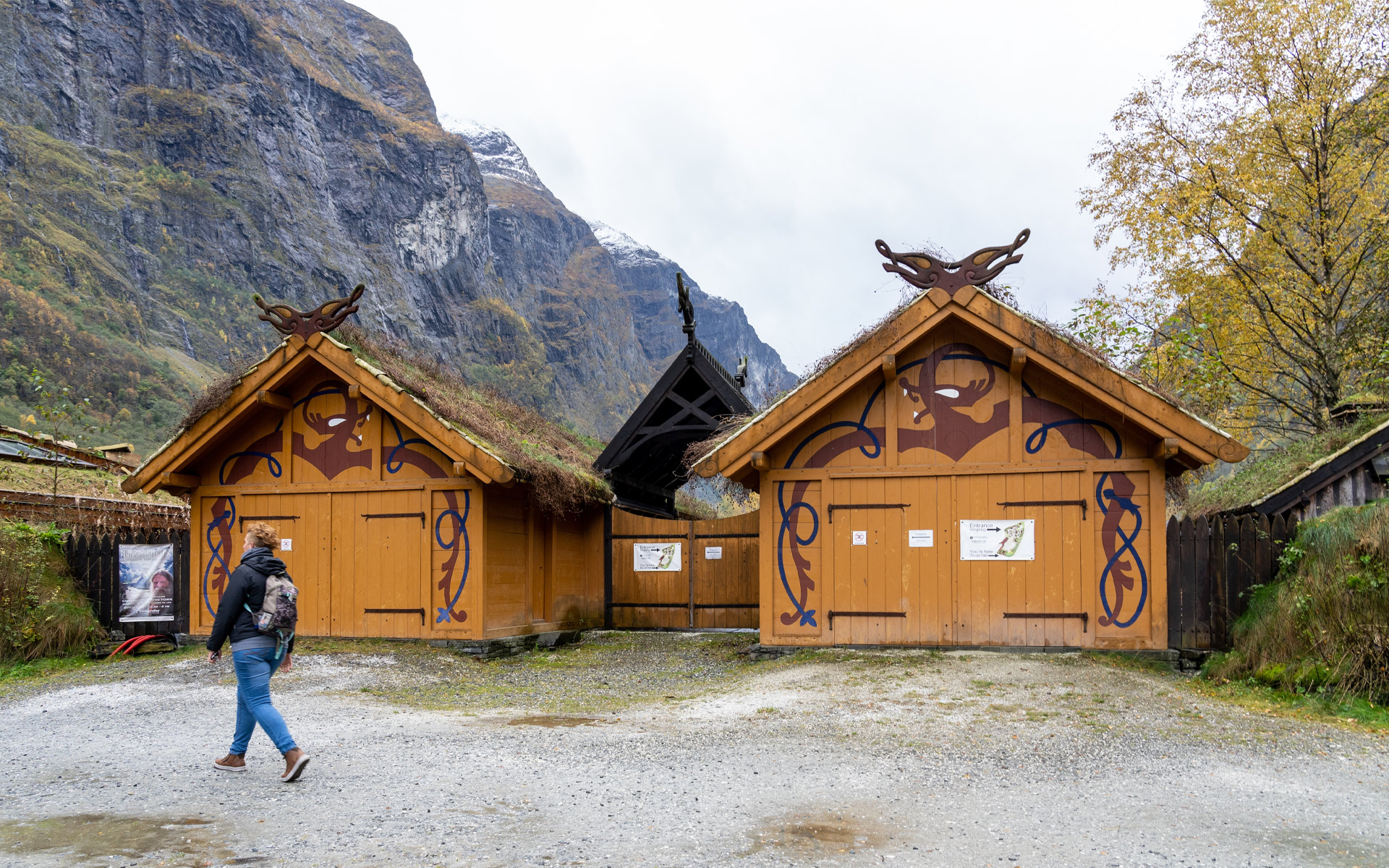
Viking Village, Aurland, Norway on Nærøyfjord
Support from local residents
Getting buy-in from local communities and their representatives can be a crucial factor in mobilising their support on the side of conservation, argues Sjur Kristoffer Dyrkolbotn, professor at the Western Norway University of Applied Sciences. He has studied the impact of the 2005 listing of Nærøyfjord in Aurland, Norway on the local economy and environment. Since World Heritage status was conferred, cruise ships have increased pollution levels in the picturesque fjord, and a replica ‘Viking village’ was built while some traditional farmsteads have fallen into disrepair.
“One of the main mistakes that was made early on was to promote the site for the World Heritage list solely for its natural beauty. That created opposition between the culture, the local community, and nature,” he says.
“If listing is imposed on local communities, and the local democratic process is pushed aside, then it can become very problematic. You can get paradoxical consequences, where there is worse protection because you haven’t established a partnership with the local community – you are working against them.”
Where World Heritage status wins local acceptance as a mechanism for public betterment and the conservation of much-loved and valued heritage, then its benefits are most likely to be fully realised. The examples presented by recent controversies suggest that national governments and local authorities must commit sufficient resources and plan carefully to ensure that happens. “World Heritage sites are not just for inscription,” concludes Drury. “They are for the long term.”

